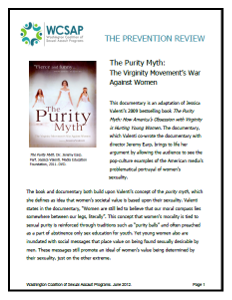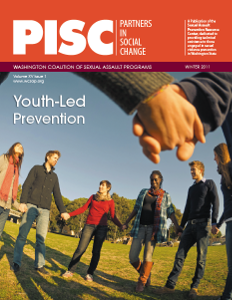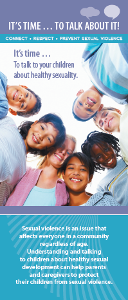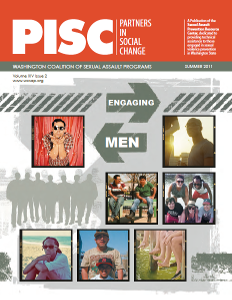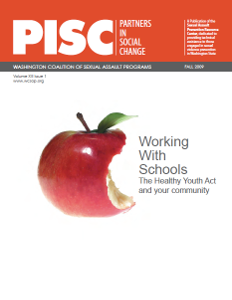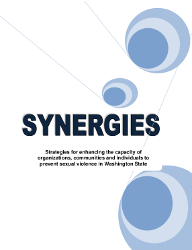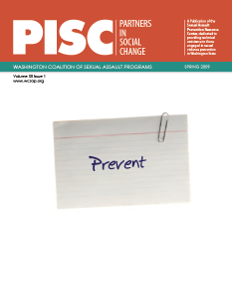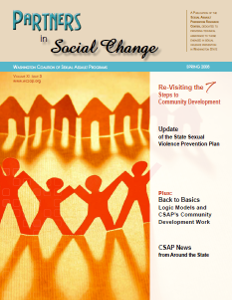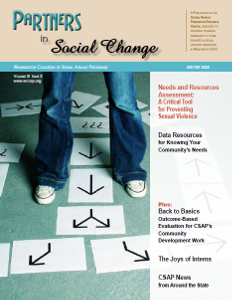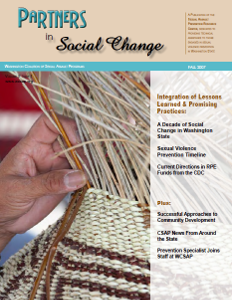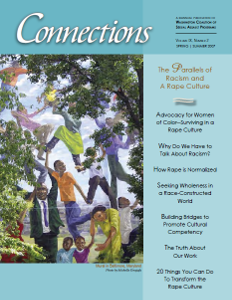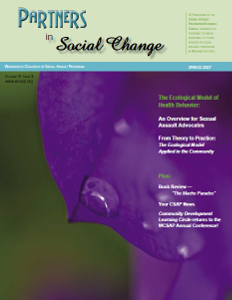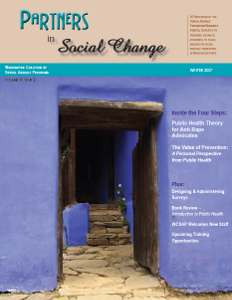In this webinar we will explore using the bystander approach of sexual violence prevention with marginalized communities. Participants will expand their knowledge of the LGBTQ community, learn the basic principles of bystander intervention, and finally, using the LGBTQ population as an example, will practice customizing bystander intervention programs to the populations we work with. Though most bystander intervention programs in existence are geared towards college or university students,…
- Prevention
- Working With Survivors
- Accreditation
- Advocacy Areas
- Culturally Specific
- Legal Resources
- Management
- Medical Resources
- SA Protection Order
- Subpoenas
- Support Groups
- Tech Safety
- Resources
- Policy
- Training
